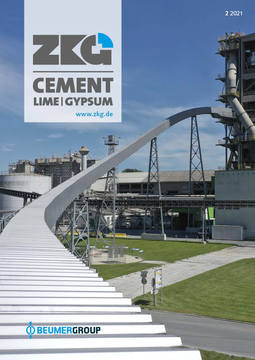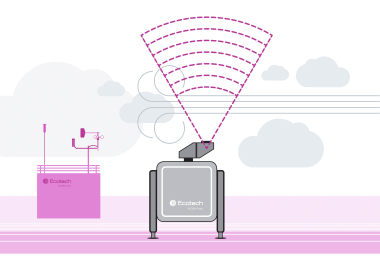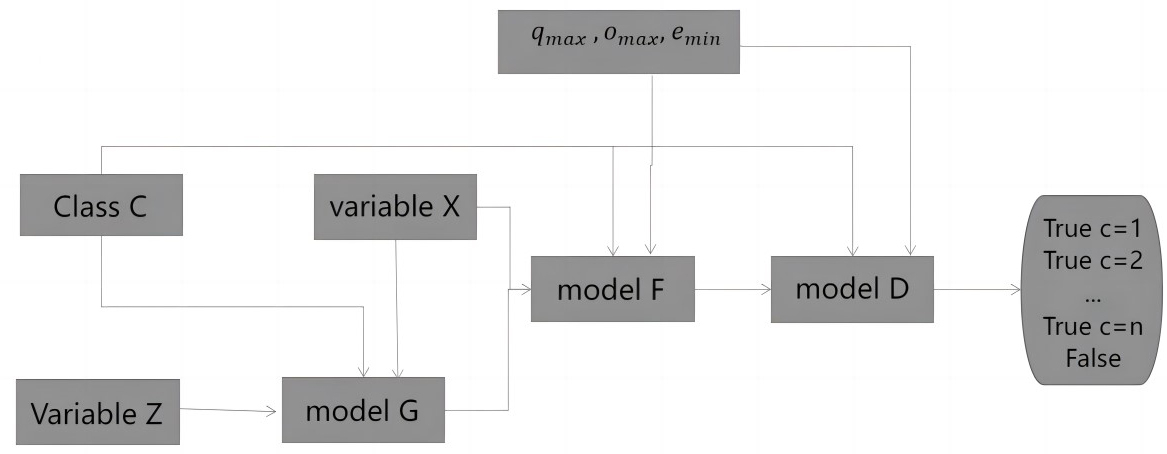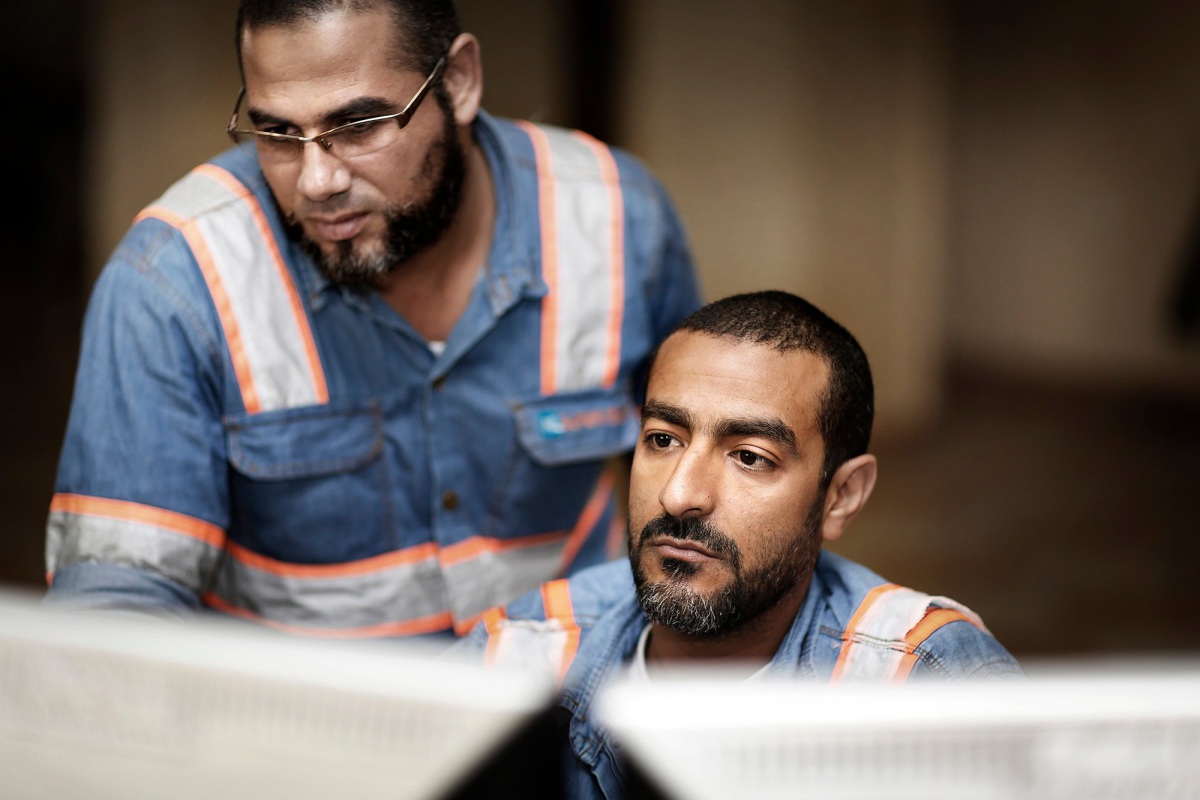It is real!
When I think of “Industry 4.0” the first thing that comes to mind is a picture of futuristic schemes, displaying neurons connecting swiftly to form new sparks and magic, all kept in a clear blue appearance. (Did you recognize that blue seems to be the colour of the future in so many visual and textual expressions?). Just like we are dreaming of our future: nice and clean.
How much different looks a pile of municipal waste, which is also said to be the actual future of the cement plant energy supply. Yes – this is our great industry: full of real life experiences – and that’s what I have always liked so much: our industry is real and it covers the whole span of real things from waste to high tech! Every little bit contributes to success, be it the robust crushers and shredders or the huge silos or the large size kilns, coolers, mills combining giant size with precision and even sophisticated automation systems. There is no need for us to stand shy from those other industries which may be much more in the limelight for their eco-friendliness, their cleanliness or their early adaptation of sophisticated automation systems and artificial intelligence applications. The cement industry has pioneered in so many of these categories of which I am listing here only a few: The heat re-utilization concept of a combined kiln and raw mill plant was already implemented so many decades ago, when other industrial processes were still wasting away their excess process heat. Highly energy-efficient high-pressure grinding technologies have been utilized in cement already for decades while big brother mining is still reluctant to benefit from these advantages. Automation in the cement industry has introduced model predictive control (MPC)-technologies already since around the 1970’s, though these applications did not seem to deliver the right combination of performance and robustness. Artificial Intelligence (AI) is being tried and first successes are being reported in what can rightfully be termed one of the most challenging industrial applications.
So there is no need to be shy about not being adaptive to ever new technological and ecological challenges. The cement industry has a veritable track record of finding new solutions and it will continue to find answers for even the hardest to reach objectives: reducing operation cost, reducing emissions and most important: reducing the carbon footprint. Increasing the use of alternative fuels is one of the major cornerstones of every decarbonisation roadmap and it is the only one lever that can save cost at the same time! But what we have learned throughout 5 decades of AFR-utilization in Europe is, that this requires a long chain of contributors from all stakeholders: from collection and logistics through pre-processors to co-processors, with societal and political will all supporting this cooperative industrial paradigm. A true teamwork endeavour!
Yours truly
Matthias Mersmann






